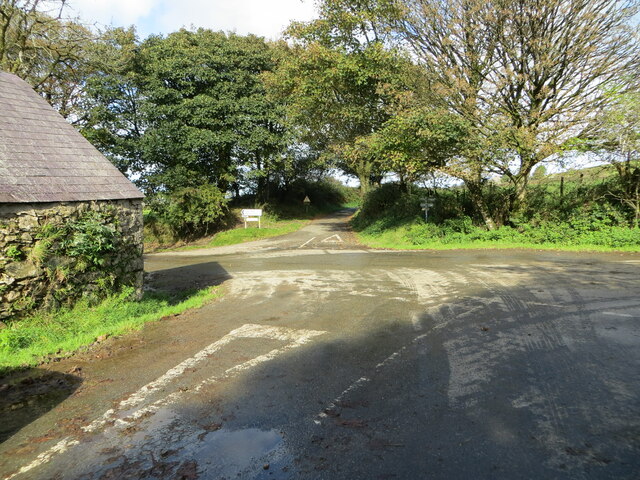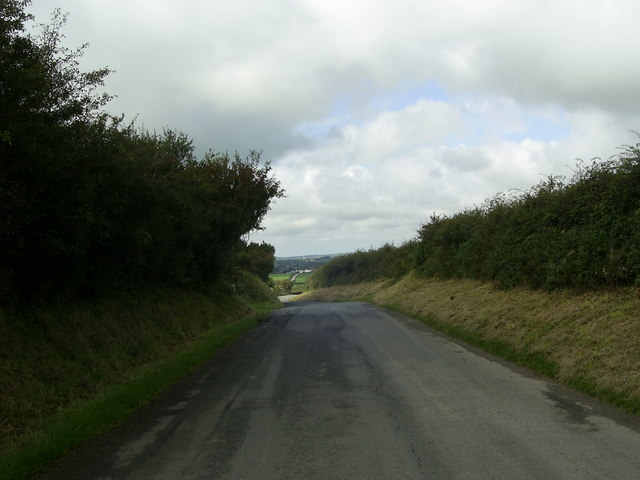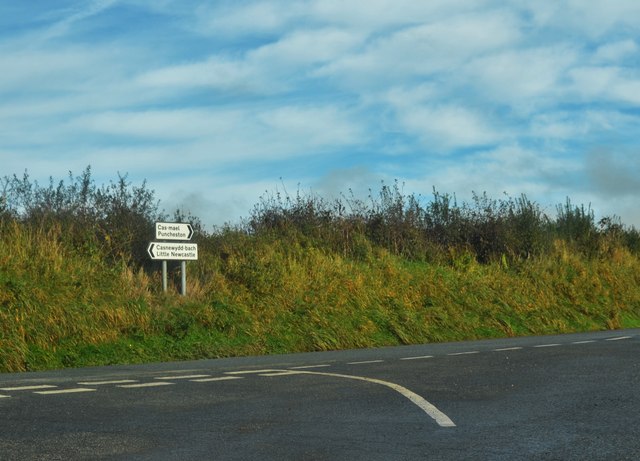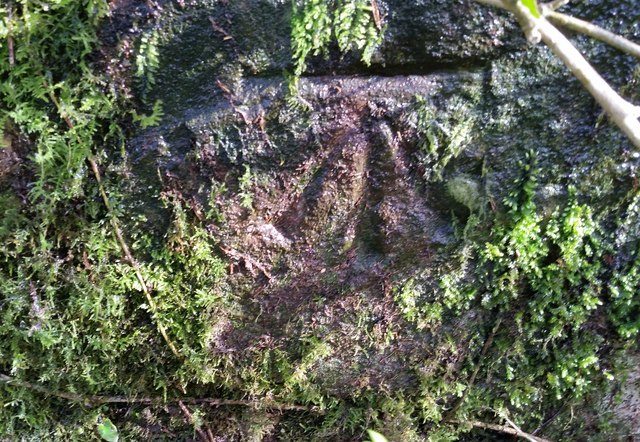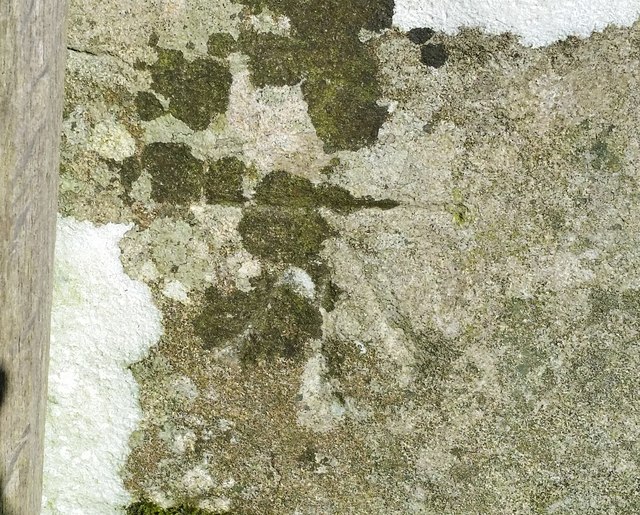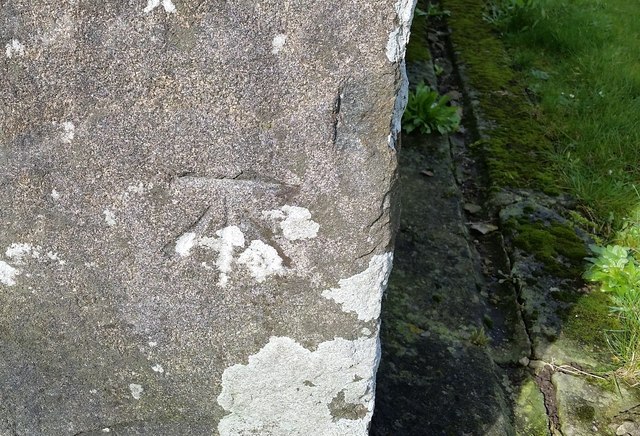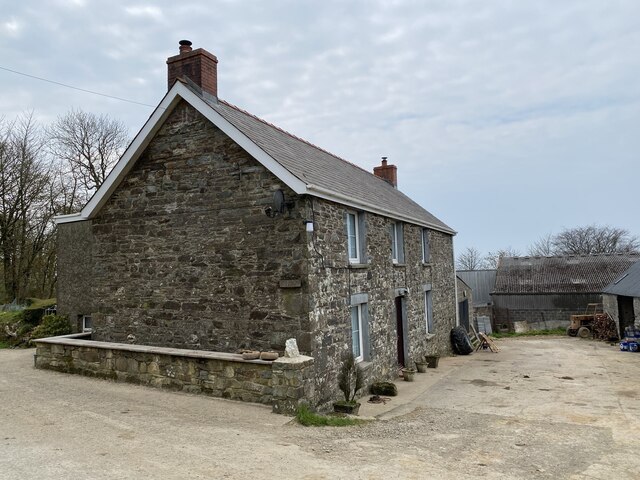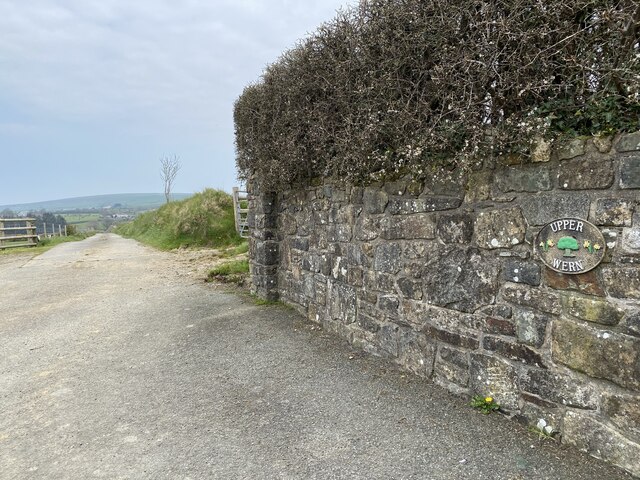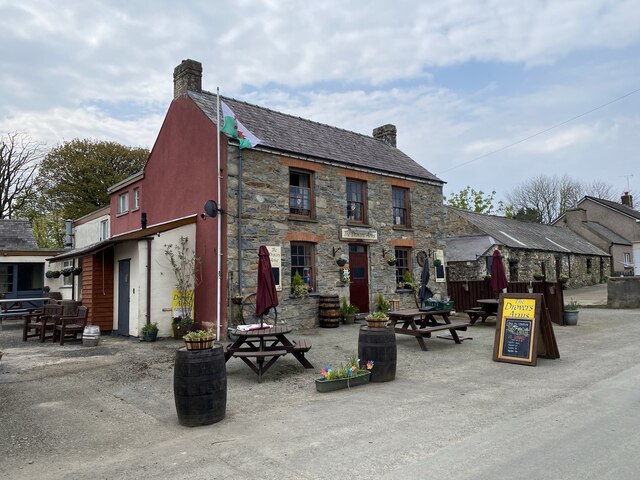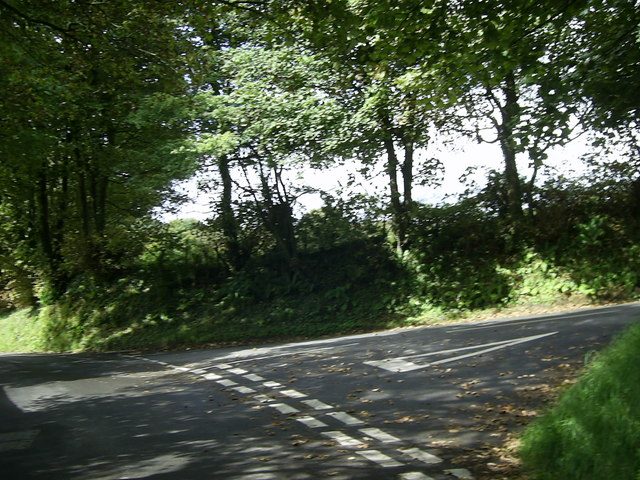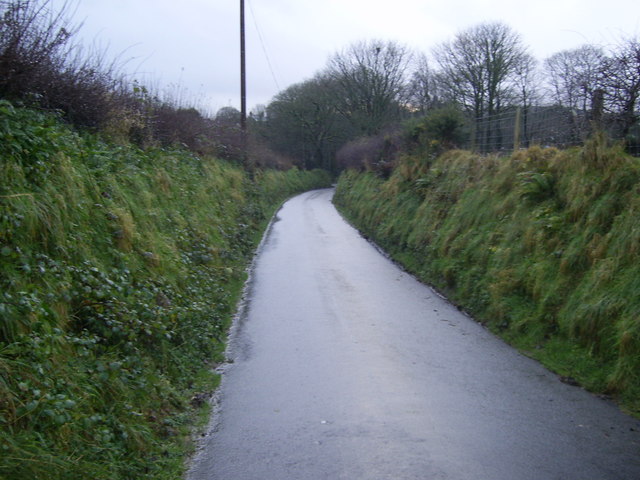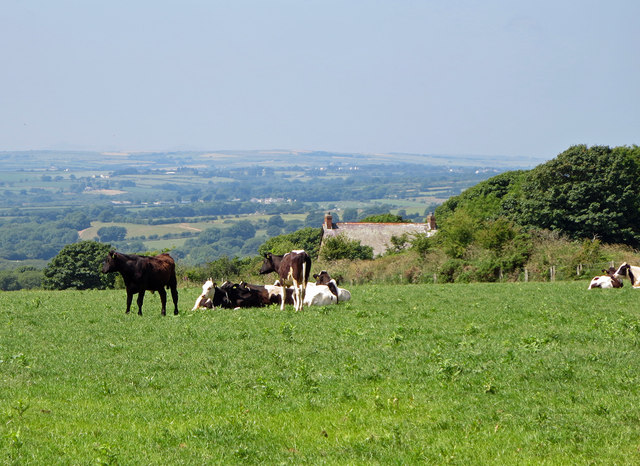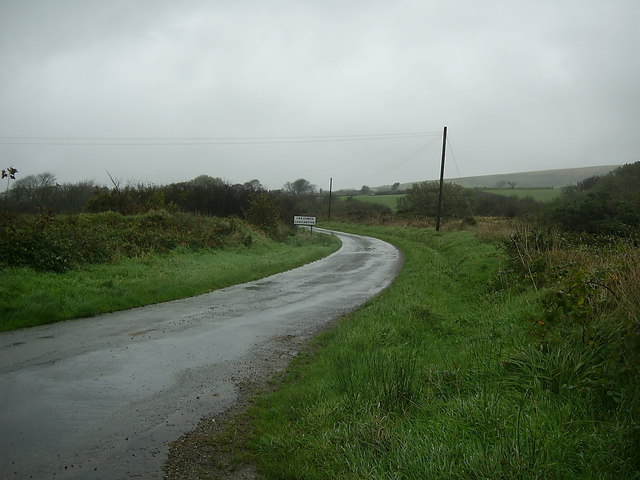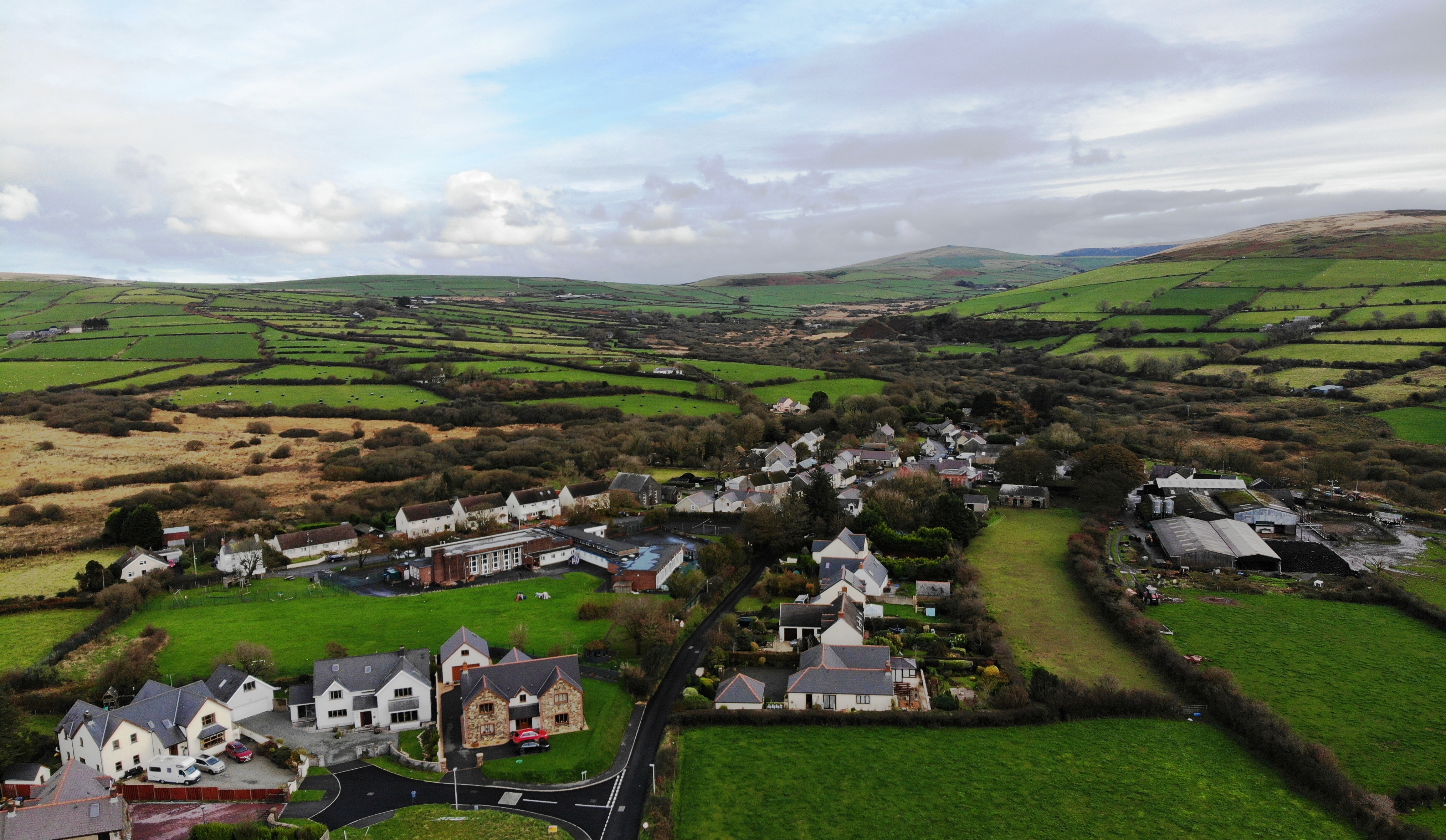Castell Mael
Heritage Site in Pembrokeshire
Wales
Castell Mael
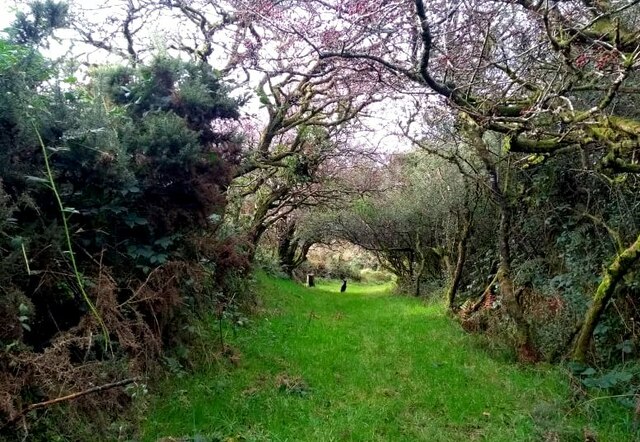
Castell Mael is a historic site located in Pembrokeshire, Wales. Situated on a hilltop near the village of Mael, the castle ruins overlook the beautiful landscape of the Welsh countryside. The site is a designated heritage site due to its historical significance and architectural remains.
Dating back to the 12th century, Castell Mael was originally constructed as a defensive fortification during the Norman invasion of Wales. The castle was strategically positioned to guard the nearby trade routes and provide a vantage point for monitoring the surrounding area. Over the centuries, the castle underwent various modifications and expansions under different rulers.
Today, only the ruins of the castle remain, showcasing its rich history and architectural features. Visitors can explore the remnants of the fortified walls, towers, and gatehouse, which offer a glimpse into the castle's former grandeur. The castle's strategic location provides panoramic views of the Pembrokeshire countryside, making it a popular spot for photographers and nature enthusiasts.
Access to Castell Mael is relatively easy, with a nearby car park and walking trails leading to the site. Interpretive signage provides historical information, enhancing visitors' understanding of the castle's past. The castle ruins are open to the public year-round, offering a unique opportunity to immerse oneself in Welsh history and enjoy the picturesque surroundings.
Castell Mael is not only a significant historical site but also a testament to the rich heritage of Pembrokeshire. Its well-preserved ruins and stunning location make it a must-visit destination for history buffs and nature lovers alike.
If you have any feedback on the listing, please let us know in the comments section below.
Castell Mael Images
Images are sourced within 2km of 51.928/-4.902 or Grid Reference SN0029. Thanks to Geograph Open Source API. All images are credited.

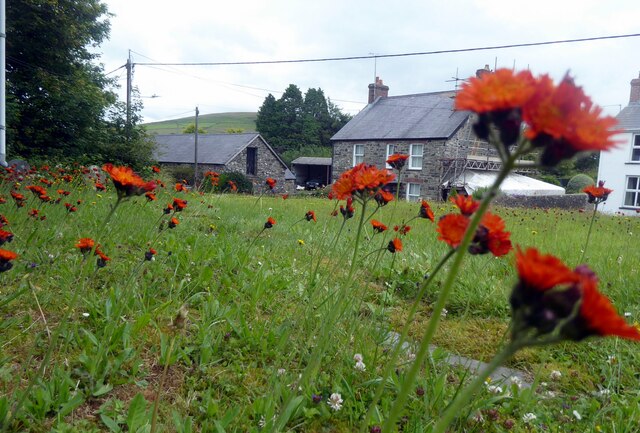
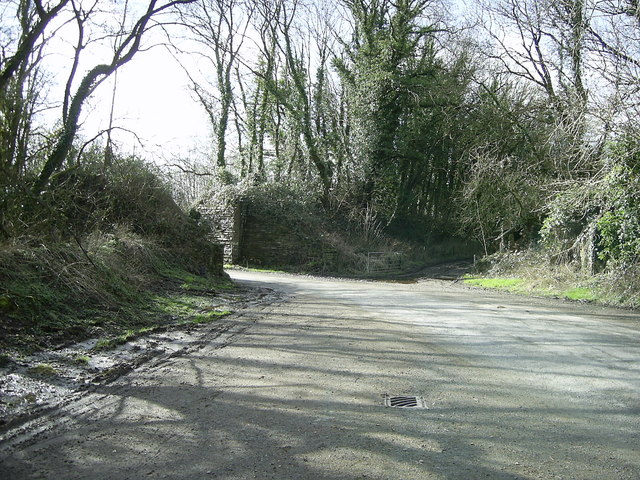
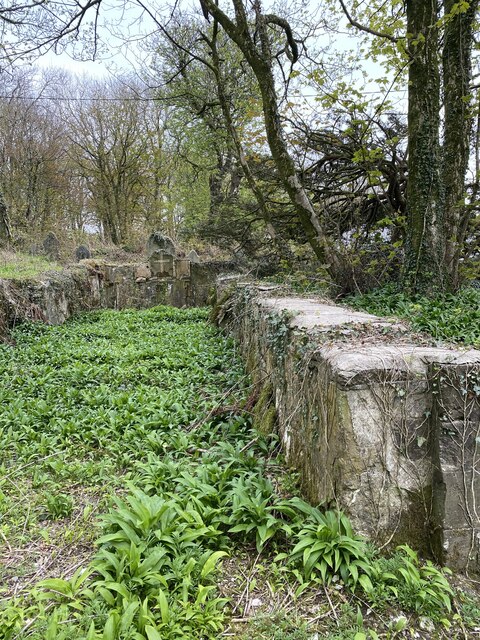
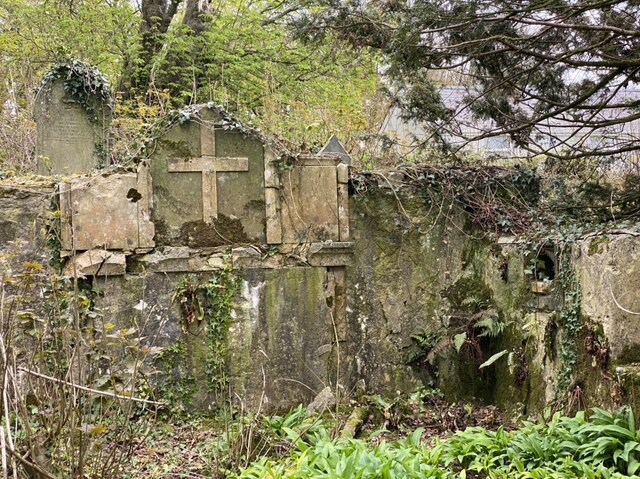
Castell Mael is located at Grid Ref: SN0029 (Lat: 51.928, Lng: -4.902)
Unitary Authority: Pembrokeshire
Police Authority: Dyfed Powys
What 3 Words
///mixture.shimmered.impulses. Near Ambleston, Pembrokeshire
Nearby Locations
Related Wikis
Puncheston
Puncheston (Welsh: Cas-mael or Casmael) is a village, parish and community in Pembrokeshire, southwest Wales. It sits below the mountain known as Castlebythe...
Castlebythe Halt railway station
Castlebythe Halt railway station served the village of Puncheston, Pembrokeshire, Wales, from 1928 to 1937 on the North Pembrokeshire and Fishguard Railway...
Martell Bridge Halt railway station
Martell Bridge Halt railway station served the village of Little Newcastle, Pembrokeshire, Wales, from 1930 to 1937 on the North Pembrokeshire and Fishguard...
Waun Fawr, Puncheston
Waun Fawr, Puncheston is a Site of Special Scientific Interest (or SSSI) in Pembrokeshire, South Wales. It has been designated as a Site of Special Scientific...
Nearby Amenities
Located within 500m of 51.928,-4.902Have you been to Castell Mael?
Leave your review of Castell Mael below (or comments, questions and feedback).
